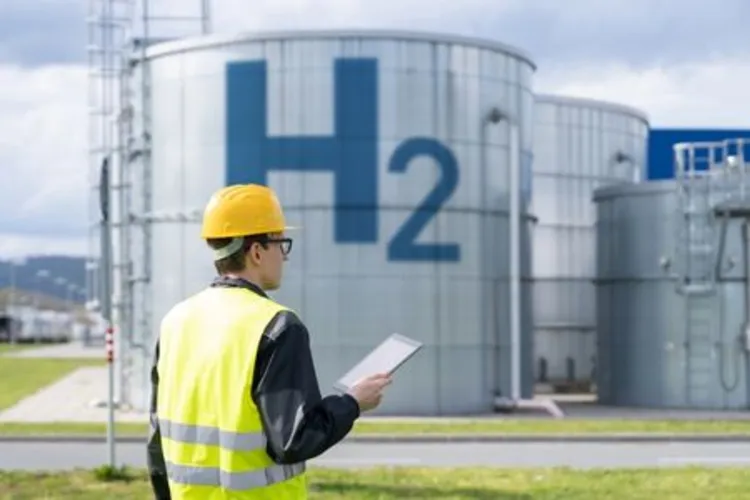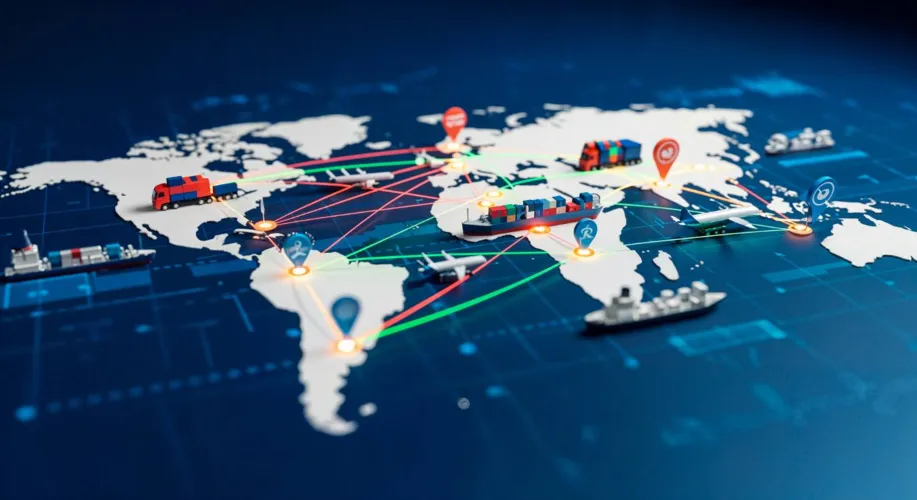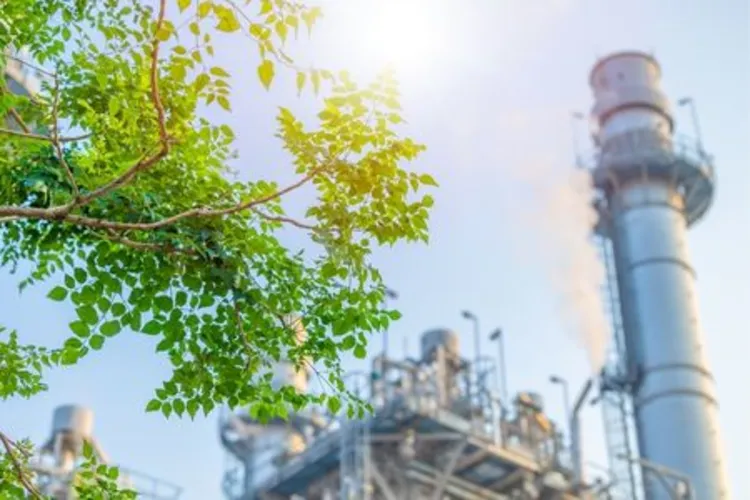Malaysia is stepping firmly into the clean energy future. At the center of this transformation is the Malaysia Green Hydrogen Push, an ambitious effort to make hydrogen a new pillar of national energy security. The initiative is guided by the National Energy Transition Roadmap (NETR), which aims to cut greenhouse gas (GHG) emissions in the energy sector by 32% by 2050 compared to 2019 levels.
Green hydrogen — produced using renewable sources like solar and hydroelectric power — represents one of Malaysia’s strongest opportunities to diversify its energy mix. By 2050, Malaysia targets producing up to 2.5 million tons of green hydrogen per week, signaling its intent to become a key player in the regional hydrogen economy.
This bold target aligns with Malaysia’s broader goal of creating an energy system that is not only cleaner but also more resilient. The government envisions hydrogen as an energy vector that connects its abundant renewable resources with industries that are difficult to electrify, such as transport, aviation, and heavy industry.
 Source: Energy Watch (PETRONAS, 2023)
Source: Energy Watch (PETRONAS, 2023)
Laying the Foundation for a Hydrogen Economy
The first phase of the Malaysia Green Hydrogen Push focuses on building a strong foundation for production and export. Under the NETR, Malaysia plans to establish at least one low-carbon hydrogen hub by 2030, expanding to three hubs by 2050. These hubs will serve as integrated centers for hydrogen production, storage, and transportation — connecting renewable energy projects to local and international markets.
Early estimates show that hydrogen-related projects could reduce national GHG emissions by 0.4% to 1.3% by 2030. While this may seem modest, the figure is expected to grow exponentially as more hydrogen facilities come online in the decades that follow.
Economically, the impact could be transformative. The sector is projected to generate RM12.1 billion in revenue by 2030 and create between 8,000 and 45,000 new jobs. These positions will span a wide range of industries — from engineering and manufacturing to logistics and renewable energy services — offering new pathways for Malaysia’s workforce to participate in the clean economy.
Driving Innovation and Export Potential
The NETR highlights several strategic initiatives to make hydrogen adoption viable. These include improving electrolyzer production capacity, advancing the economic feasibility of hydrogen hubs, and forging bilateral agreements with potential export markets in Asia and beyond. Such measures will allow Malaysia to become not only a consumer but also an exporter of green hydrogen.
Hydrogen can play a pivotal role in decarbonizing industries that are hard to electrify. In the transportation sector, hydrogen fuel cells could power long-haul trucks and public buses. For maritime applications, hydrogen and ammonia-based fuels can reduce emissions from marine bunkering operations. In aviation, hydrogen-derived synthetic fuels could replace conventional jet fuel over time. Industrial zones could also shift toward hydrogen-powered processes, reducing reliance on coal and natural gas.
These applications show how hydrogen fits into Malaysia’s broader decarbonization framework — complementing solar, hydro, and bioenergy projects. Each step helps Malaysia move closer to its 2050 climate goals while stimulating investment and technology transfer across sectors.
Charting a Sustainable Future
The Malaysia Green Hydrogen Push represents more than just an environmental strategy. It reflects a comprehensive vision of economic diversification, job creation, and international competitiveness. The hydrogen roadmap provides a framework that balances near-term progress with long-term sustainability — a balance that will define Malaysia’s energy future.
As global demand for low-carbon energy continues to grow, Malaysia’s early investments in hydrogen hubs, renewable integration, and technology partnerships could place it among Asia’s clean energy leaders by mid-century. By aligning economic ambition with environmental responsibility, Malaysia is positioning itself not only to meet domestic needs but to become a regional supplier of clean hydrogen.
With clear production targets, strong policy direction, and ongoing project development, Malaysia’s green hydrogen journey is just beginning — and it holds the promise of reshaping the nation’s energy landscape for decades to come.
Read Also: Urban Renaissance: Malaysia Urban Renewal Projects Explained







